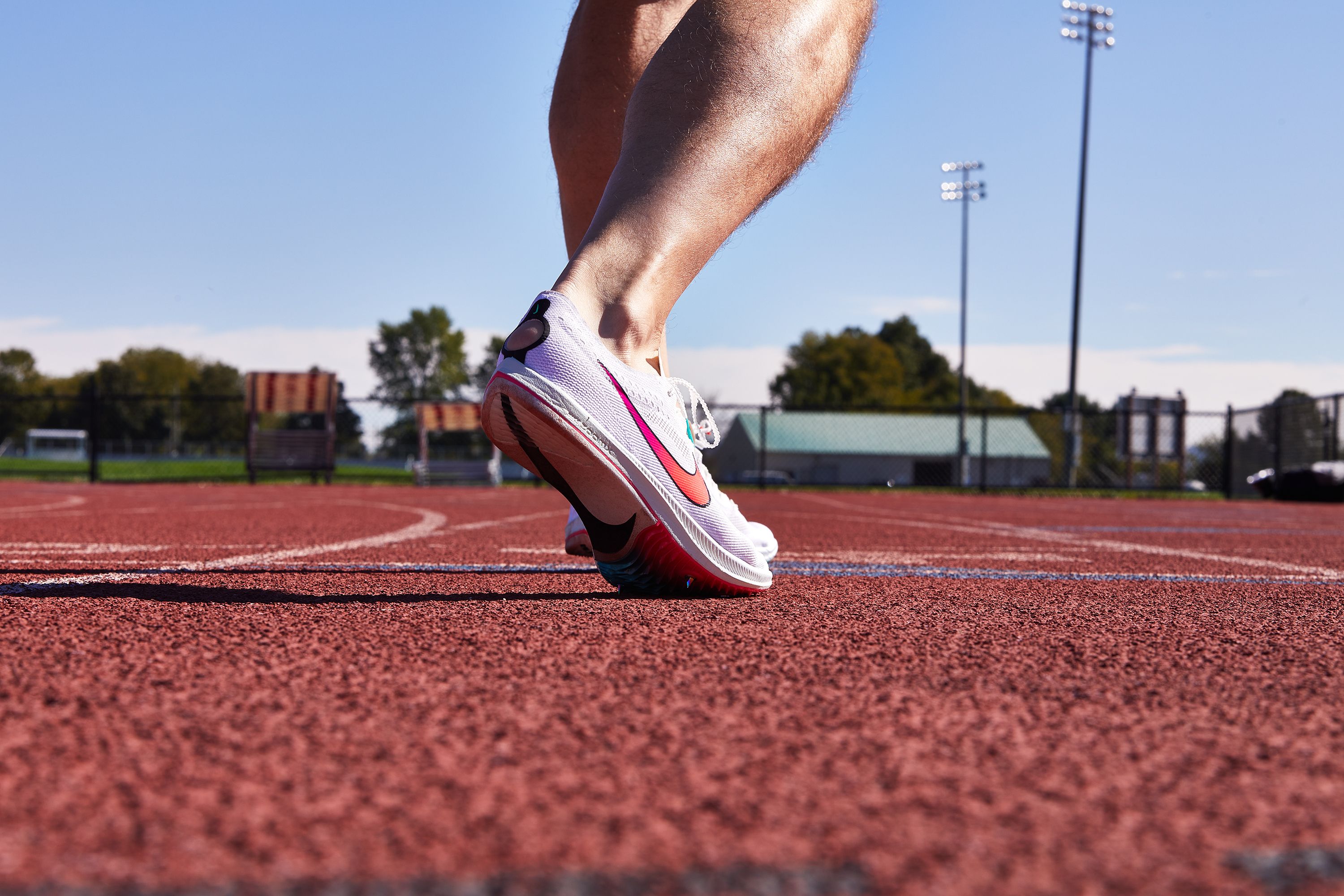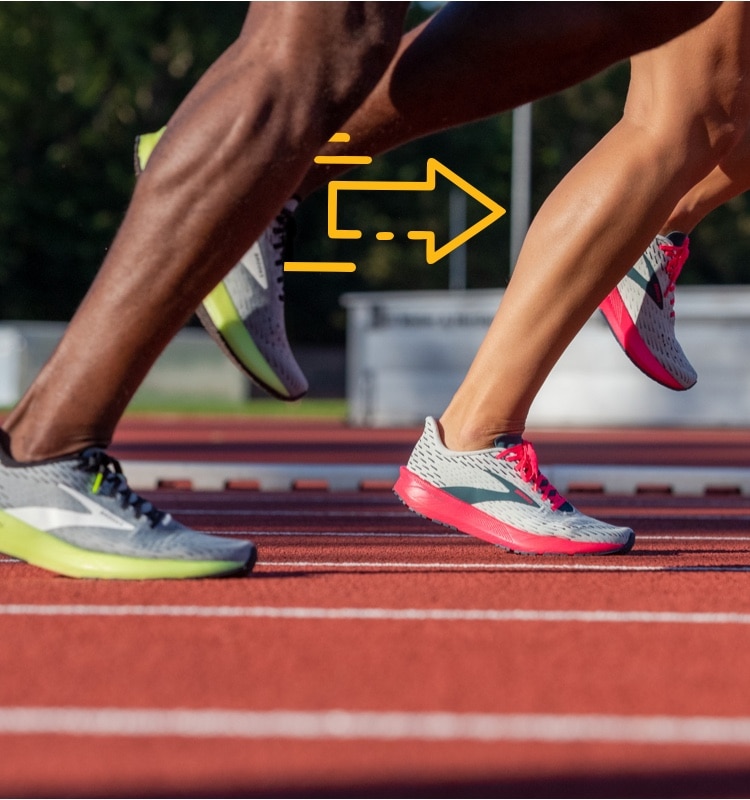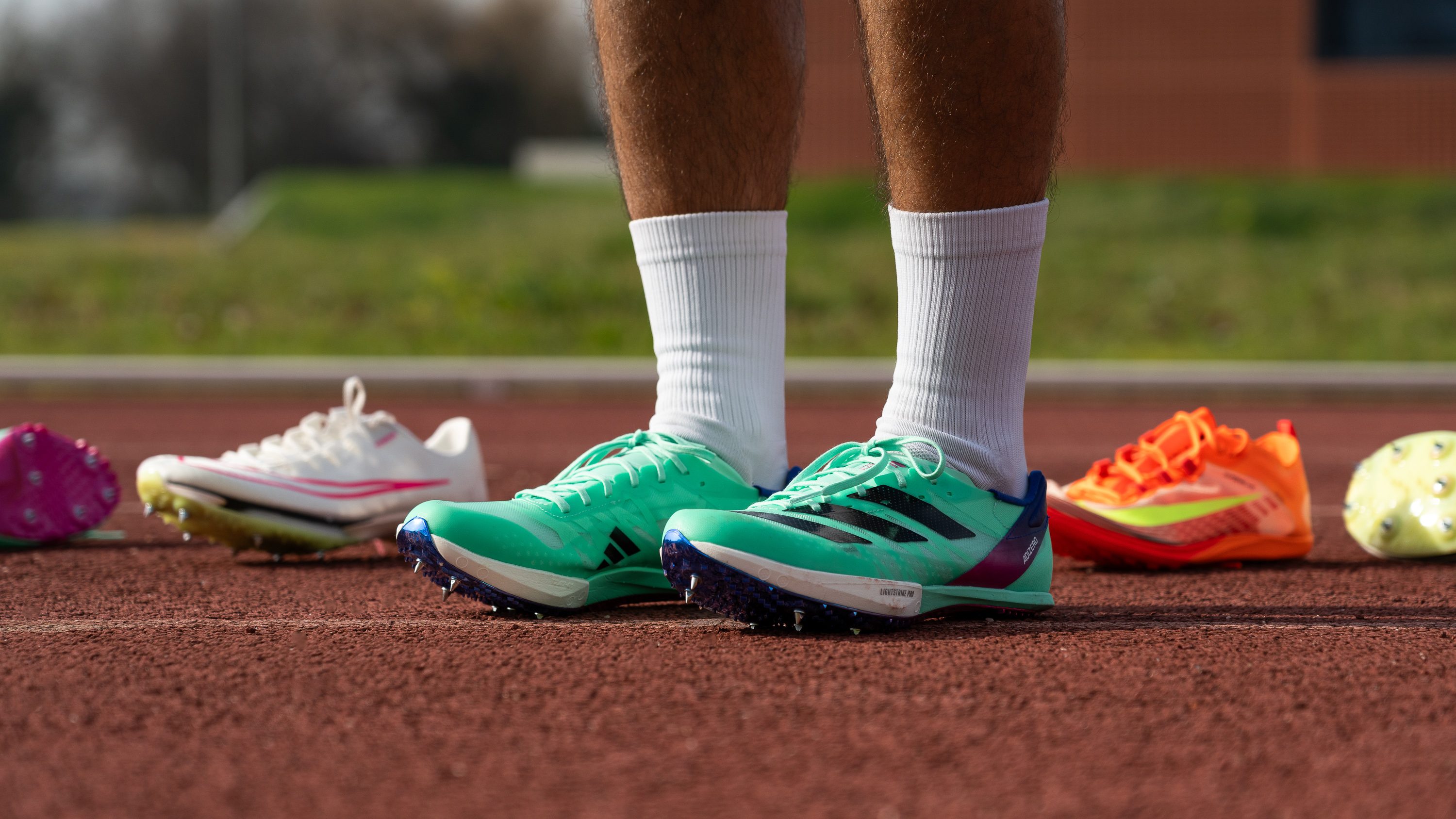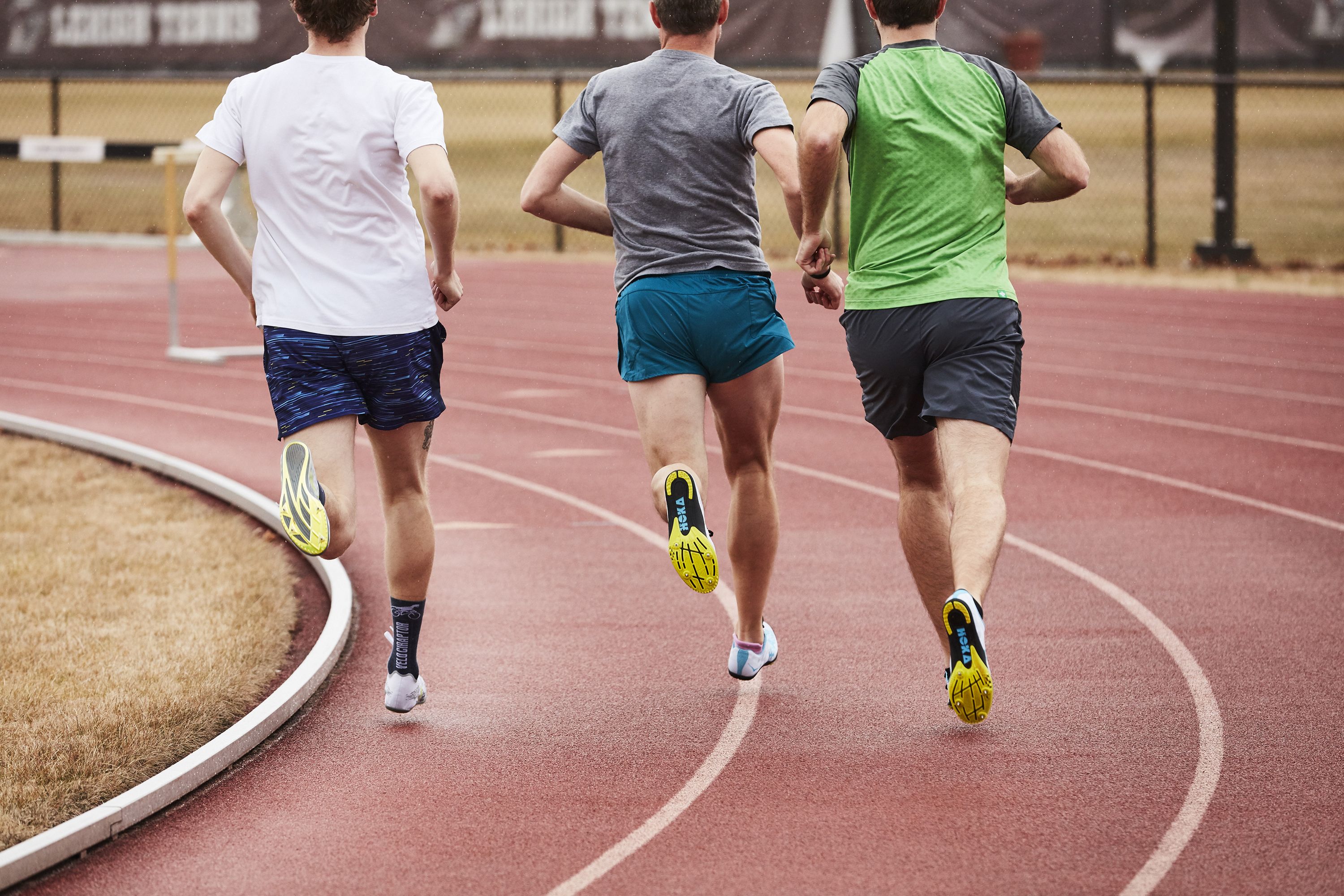Sprinting is an exhilarating and demanding form of exercise that requires the right equipment to maximize performance and minimize the risk of injury. Whether you’re a seasoned athlete or just starting your sprinting journey, choosing the right shoes is crucial. In this guide, we’ll explore the best shoes for sprint training, highlighting their features and benefits, along with real-world experiences and insights from professionals in the field.
Why Choosing the Right Shoes for Sprint Training Matters
When it comes to sprinting, every millisecond counts. The shoes you wear can significantly influence your speed, comfort, and overall sprinting experience. A well-designed sprinting shoe offers excellent grip, support, and responsiveness, which are essential for explosive starts and quick acceleration.
Understanding the Anatomy of a Sprinting Shoe
Sprinting shoes differ from regular running shoes in several key areas:

- Lightweight Materials: Sprinting shoes are generally lighter to allow for faster movement.
- Toe Spring: A curved shape that propels you forward.
- Spike Plate: Ensures traction and stability on the track.
- Minimal Cushioning: Provides ground feel and responsiveness.
Top Features to Consider

When looking for the best shoes for sprint training, consider the following features:
1. Traction
Proper traction is crucial for sprinting. Look for shoes with a spike plate designed specifically for track surfaces to maximize grip and acceleration.

2. Fit and Comfort
The right fit ensures your foot stays secure during sprints. A snug fit will prevent slipping, while sufficient toe room allows for natural movement.
3. Weight
Lightweight shoes can enhance speed. Aim for options under 8 ounces without sacrificing necessary support.

4. Breathability
Good airflow keeps your feet cool, especially during intense training sessions. Look for mesh upper designs that provide ventilation.
Our Top Picks for Sprint Training Shoes

1. Nike Zoom Superfly Elite 2
The Nike Zoom Superfly Elite 2 is a favorite among sprinters for its lightweight construction and superior traction. With a carbon fiber plate and an innovative spike design, it provides a perfect balance of speed and support.

Pros:
- Extreme lightweight and comfort
- Great grip on various surfaces
- Responsive cushioning
Cons:
- Higher price point
- May take time to break in

2. Adidas Adizero Prime SP
Adidas’ Adizero Prime SP stands out with its sleek design and performance-oriented features. The shoe boasts a Primeknit upper for a sock-like fit, while its sprintframe technology offers excellent stability.

Pros:
- Exceptional lightweight feel
- Excellent breathability
- Secure lockdown
Cons:
- Limited color options
- May not suit wider feet
3. Puma Evospeed Sprint 10
The Puma Evospeed Sprint 10 is designed for serious sprinters. The shoe’s low weight and flexible upper allow for a natural stride while still providing the support you need.
Pros:
- Flexibility enhances natural movement
- Affordable pricing
- Attractive design
Cons:
- Less cushioning than competitors
- Not ideal for long-distance running
Comparison Table of Sprint Training Shoes
| Shoe Model | Weight | Spike Type | Price |
|---|---|---|---|
| Nike Zoom Superfly Elite 2 | 6.2 oz | Replaceable 6mm | $250 |
| Adidas Adizero Prime SP | 6.5 oz | Replaceable 6mm | $180 |
| Puma Evospeed Sprint 10 | 5.8 oz | Fixed 6mm | $100 |
Real-World Experiences: Testimonials from Athletes
To provide you with additional insights, we’ve gathered testimonials from real athletes who have trained with these shoes:
Nike Zoom Superfly Elite 2
“As a competitive runner, I’ve always struggled to find a shoe that provides both comfort and speed. The Nike Zoom Superfly Elite 2 has been a game-changer for me. The lightweight design and incredible traction have helped me shave time off my sprints!” – Emily J., Track Athlete
Adidas Adizero Prime SP
“The Adizero Prime SP fit like a glove! I love how they feel during races. The breathability is a real bonus when training in the heat, and I never experience discomfort.” – Mark T., College Sprinter
Puma Evospeed Sprint 10
“For the price, the Puma Evospeed is hard to beat. While it may not have all the bells and whistles, it’s lightweight and gets the job done. I’ve used them for both training and competition.” – Sarah L., High School Sprinter
Tips for Choosing the Best Sprint Training Shoes
1. Know Your Foot Type
Understanding your foot shape is crucial. Whether you have a neutral foot, flat foot, or high arch, different shoes will cater to your specific needs. Visit a local specialist to get your foot type assessed.
2. Try Them On
Always try shoes on in the afternoon or evening when your feet are slightly swollen, as this will give you a more accurate fit. Ensure there’s enough toe space and that your heel is secure.
3. Consider Your Training Environment
Think about where you’ll primarily train. Track surfaces differ from outdoor trails. Ensure the shoe you choose is optimal for your training environment.
4. Read Reviews and Research
Look for reviews from other sprinters and athletes, focusing on both performance and durability. Websites like Runner’s World provide in-depth reviews and comparisons.
FAQs about Sprint Training Shoes
1. What is the difference between sprinting shoes and regular running shoes?
Sprinting shoes are designed to be lightweight and have spikes for traction, while regular running shoes generally prioritize cushioning and support over speed.
2. How often should I replace my sprint shoes?
It’s generally recommended to replace sprinting shoes every 300-500 miles or if you start to notice significant wear and tear, as this can impact your performance and increase the risk of injury.
3. Can I use sprint shoes for other types of training?
While sprint shoes can be used for short-distance running or track workouts, they may not provide enough support for long-distance running or other training that requires more cushioning.
4. Are expensive sprint shoes worth the investment?
High-quality sprint shoes can enhance performance, but it’s essential to find a pair that fits well and meets your specific needs. Consider it an investment in your athletic performance.
5. How do I clean my sprint shoes?
To clean your sprint shoes, remove any dirt or debris with a soft brush. Use a damp cloth to wipe down the surface and air dry away from direct sunlight. Avoid machine washing, as this can damage the materials.
6. What are the best surfaces for sprinting?
The best surfaces for sprinting include synthetic tracks and smooth, flat terrains. These surfaces offer the best grip and stability for optimal performance.
7. Should I wear socks with my sprinting shoes?
It’s often recommended to wear thin socks or no socks at all to achieve a snug fit and better responsiveness. However, ensure that your choice maintains comfort and prevents blisters.
8. Can I customize my sprint shoes?
Many brands offer customization options, including the choice of colors and styles. However, performance customization like adding different spikes may require specific expertise.
9. Is it better to buy sprint shoes online or in-store?
Buying in-store allows you to try on different sizes and styles to find your perfect fit. Online shopping can be convenient, but ensure you have a good return policy in case they don’t fit as expected.
10. What if I have wide feet?
If you have wide feet, look for brands that offer shoes with a wide fit or specific wide sizes. Brands like New Balance and Brooks often cater to wider foot types.
11. How important is the weight of sprint shoes?
The weight of sprint shoes is crucial since lighter shoes can improve speed and agility. However, ensure that the shoe still provides adequate support and comfort.
Conclusion
Choosing the best shoes for sprint training is essential for improving performance and ensuring comfort. Whether you prefer the Nike Zoom Superfly Elite 2, Adidas Adizero Prime SP, or Puma Evospeed Sprint 10, each shoe offers unique benefits that cater to different training needs.
Remember to consider your foot type, training environment, and personal preferences when selecting your training shoes. Happy sprinting!